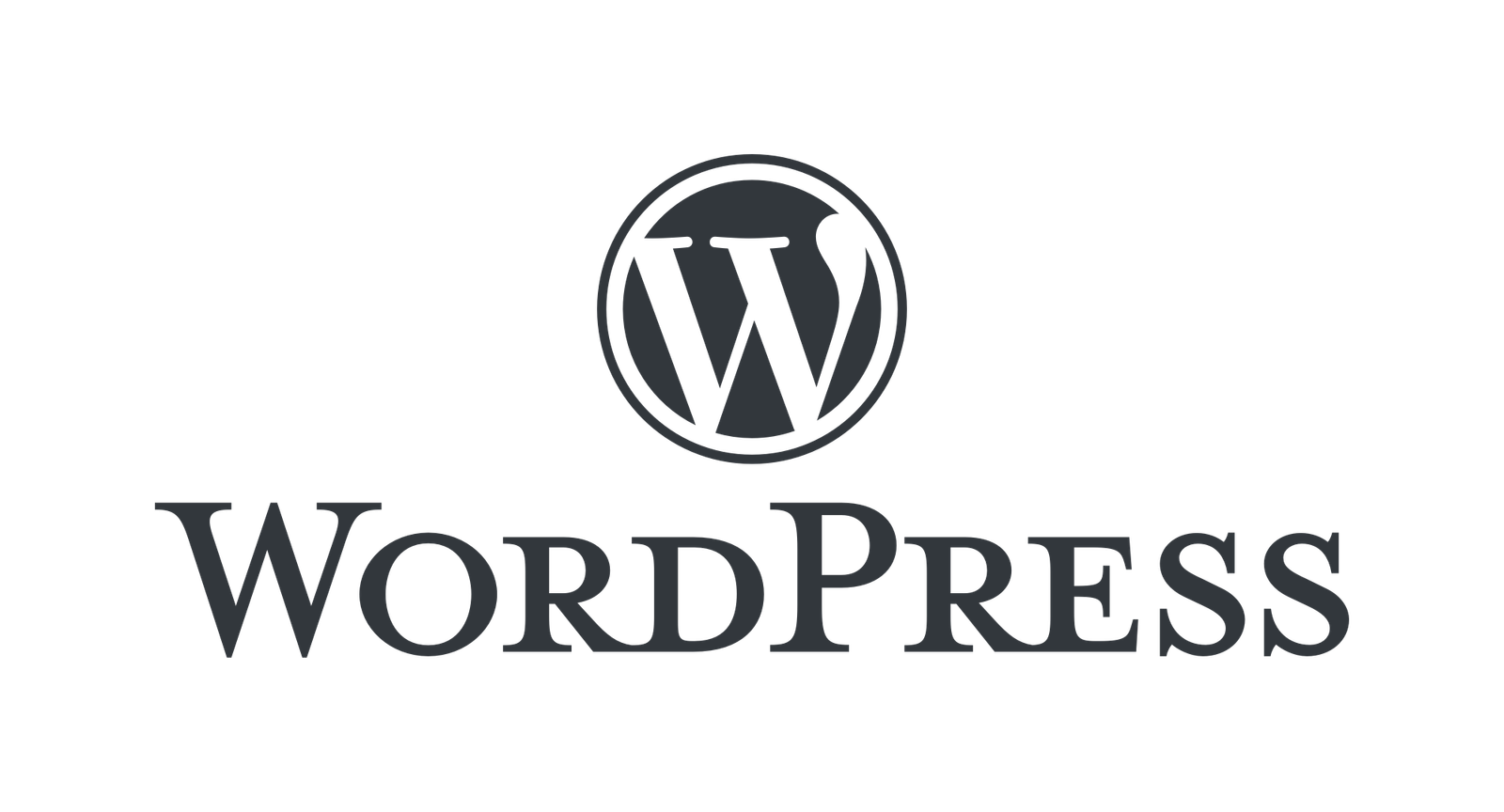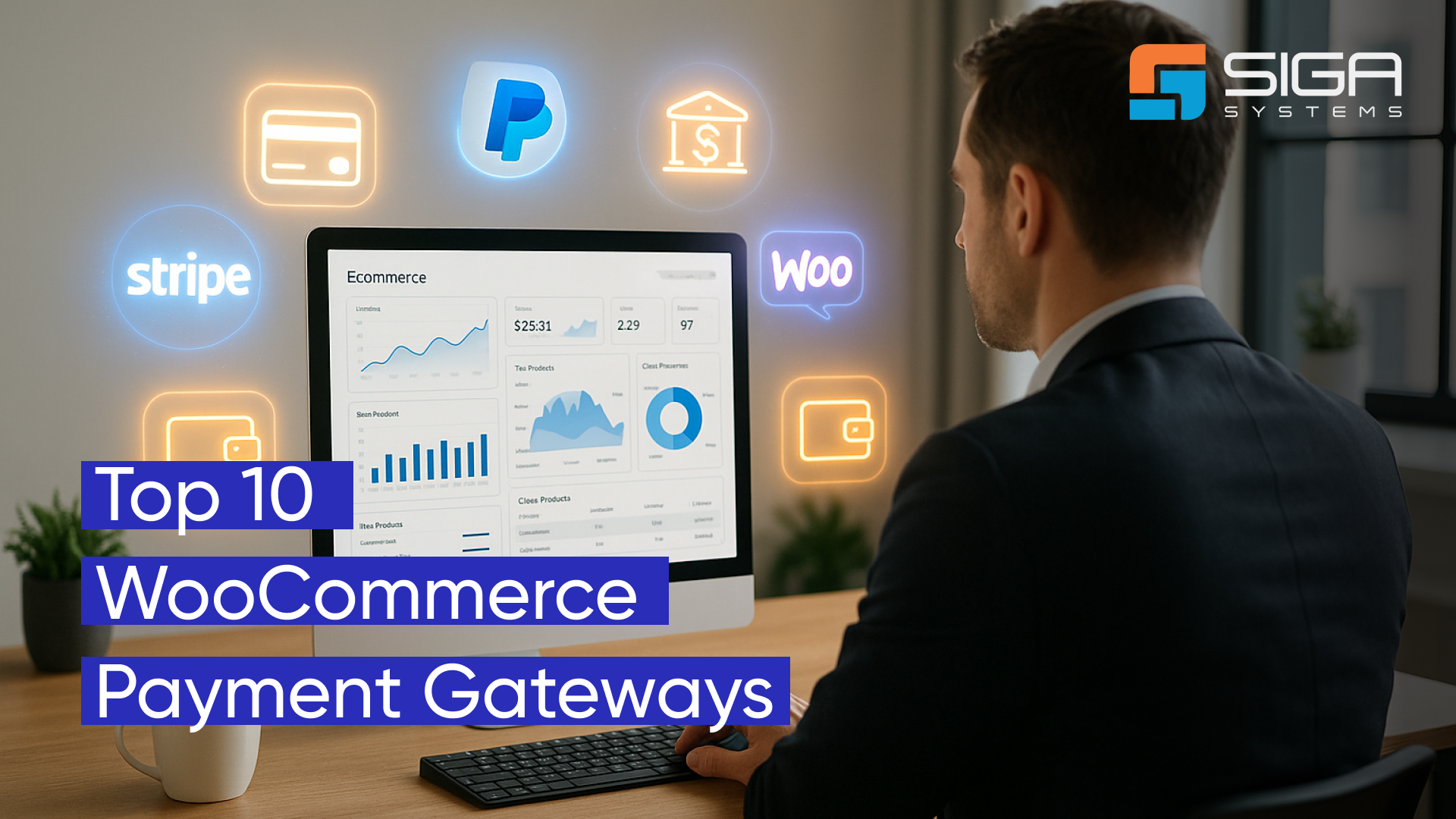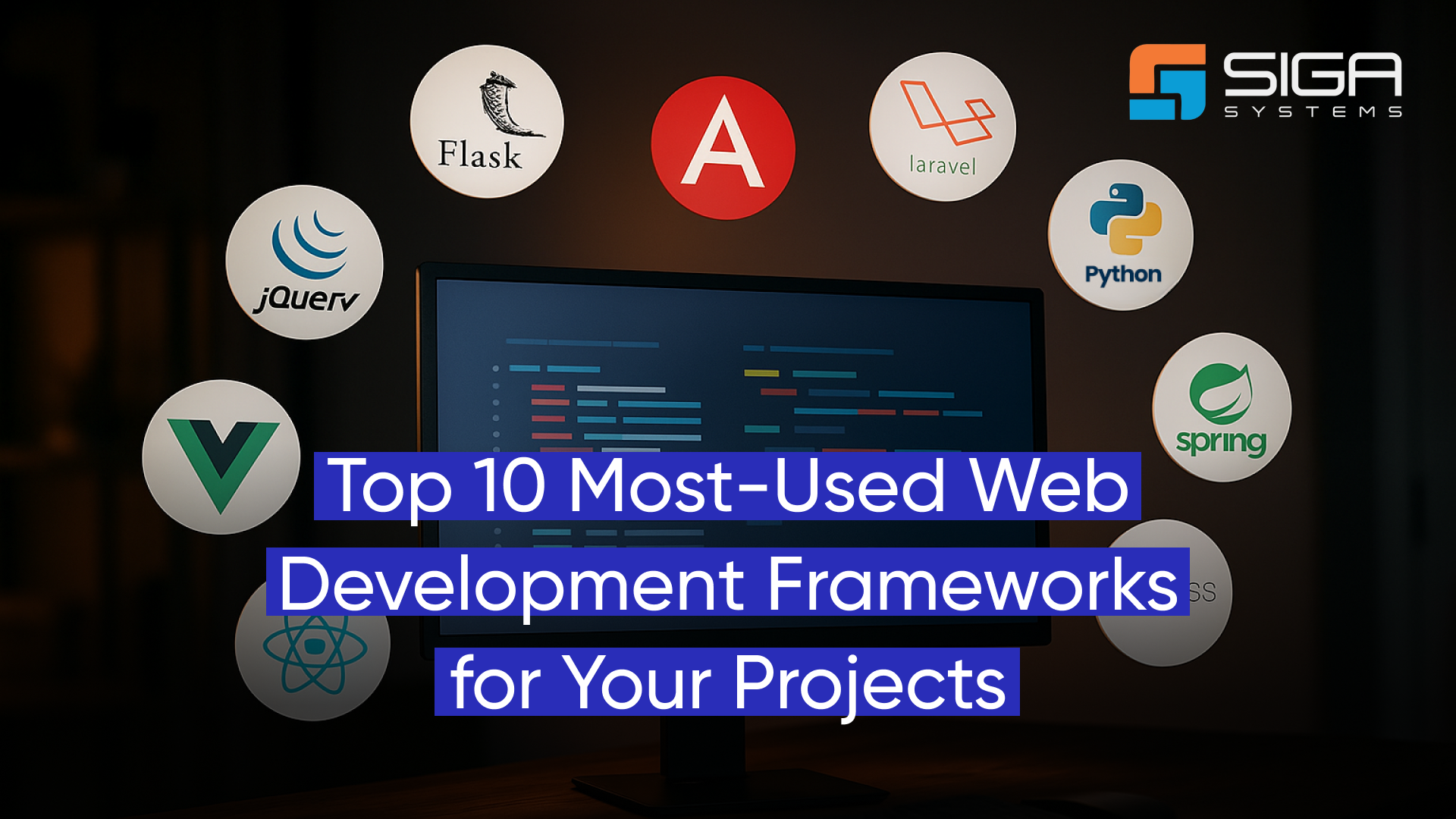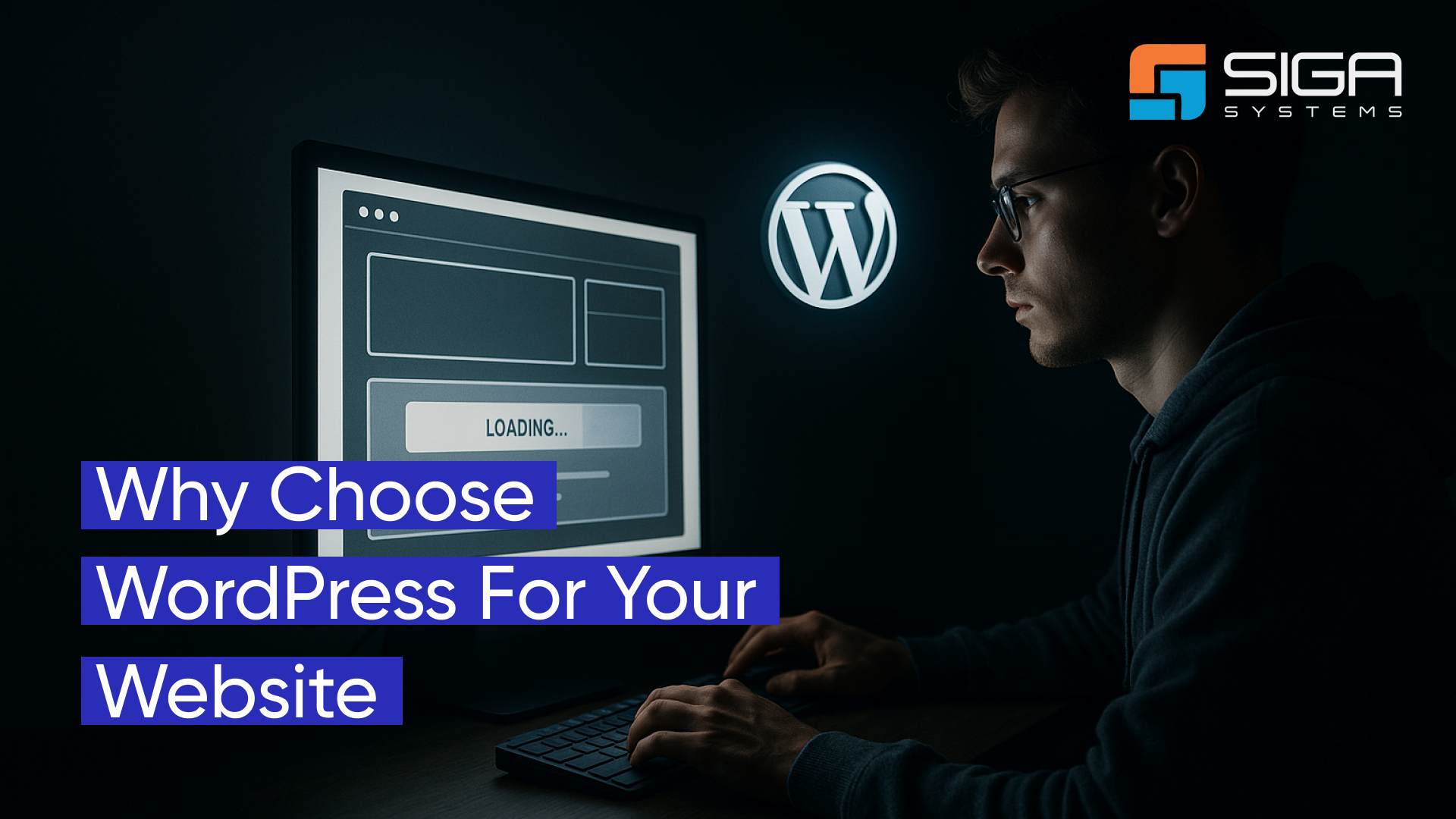WordPress is a free, open-source website creation platform. On a more technical level, WordPress is a content management system (CMS) written in PHP that uses a MySQL database. In non-geek speak, WordPress is the easiest and most powerful blogging and website builder in existence today.
Overview
WordPress is a factory that makes webpages is a core analogy designed to clarify the functions of WordPress: it stores content and enables a user to create and publish webpages, requiring nothing beyond a domain and a hosting service.
WordPress has a web template system using a template processor. Its architecture is a front controller, routing all requests for non-static URIs to a single PHP file that parses the URI and identifies the target page. This allows support for more human-readable permalinks.
Themes
WordPress users may install and switch among many different themes. Themes allow users to change the look and functionality of a WordPress website without altering the core code or site content. Custom code can be added to the website by using a child theme or through code editor. Every WordPress website requires at least one theme to be present. Themes may be directly installed using the WordPress “Appearance” administration tool in the dashboard, or theme folders may be copied directly into the themes directory.
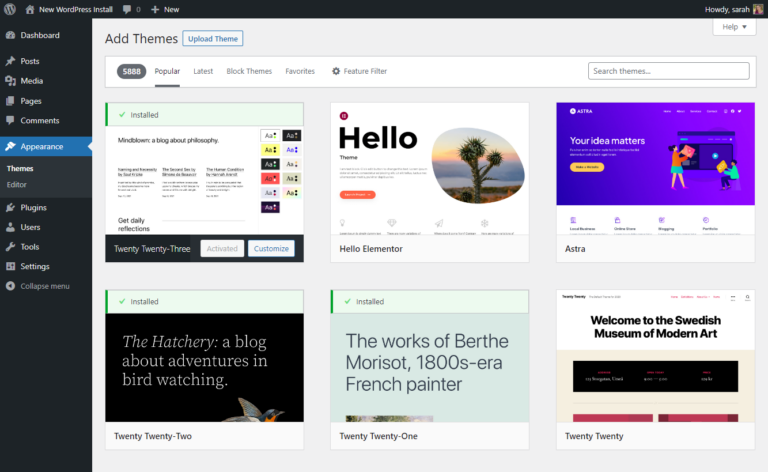
Plugins
A WordPress plugin is a piece of software that “plugs into” your WordPress site. Plugins can add new functionality or extend existing functionality on your site, allowing you to create virtually any kind of website, from ecommerce stores to portfolios to directory sites.
Why Use WordPress?
- WordPress is open-source: WordPress is an open-source platform. This means anyone can modify the source code and redistribute the software. It’s designed for people to contribute their ideas to improve the platform. There’s an open-source community that helps make WordPress even better.
- WordPress is free to use: If you can use a word processing software like Microsoft Word, you can use WordPress to build and manage a website.
- WordPress supports all media types: WordPress includes a built-in media library where you can upload and embed media files such as images or videos into your pages or posts. You can even perform basic edits to your images within WordPress.
- SEO: With SEO plugins, like Yoast SEO, you can boost your rankings with internal linking suggestions and meta description templates.
